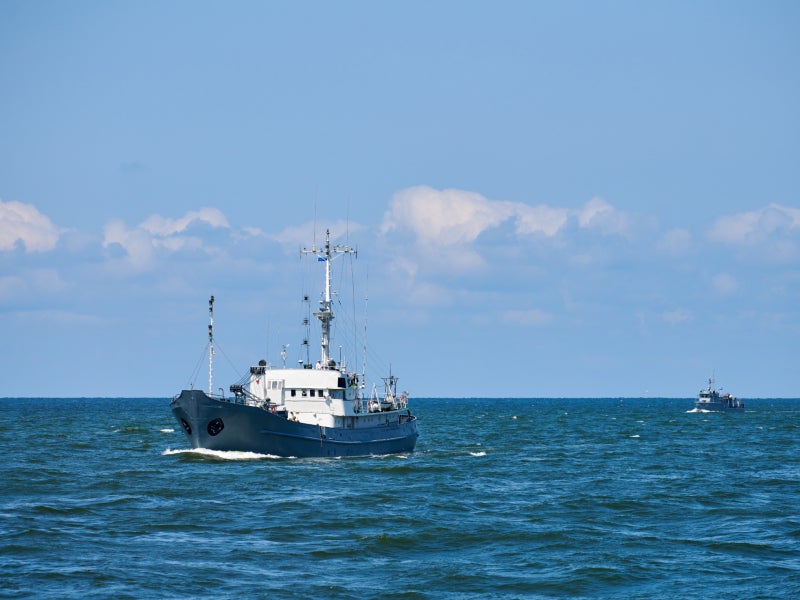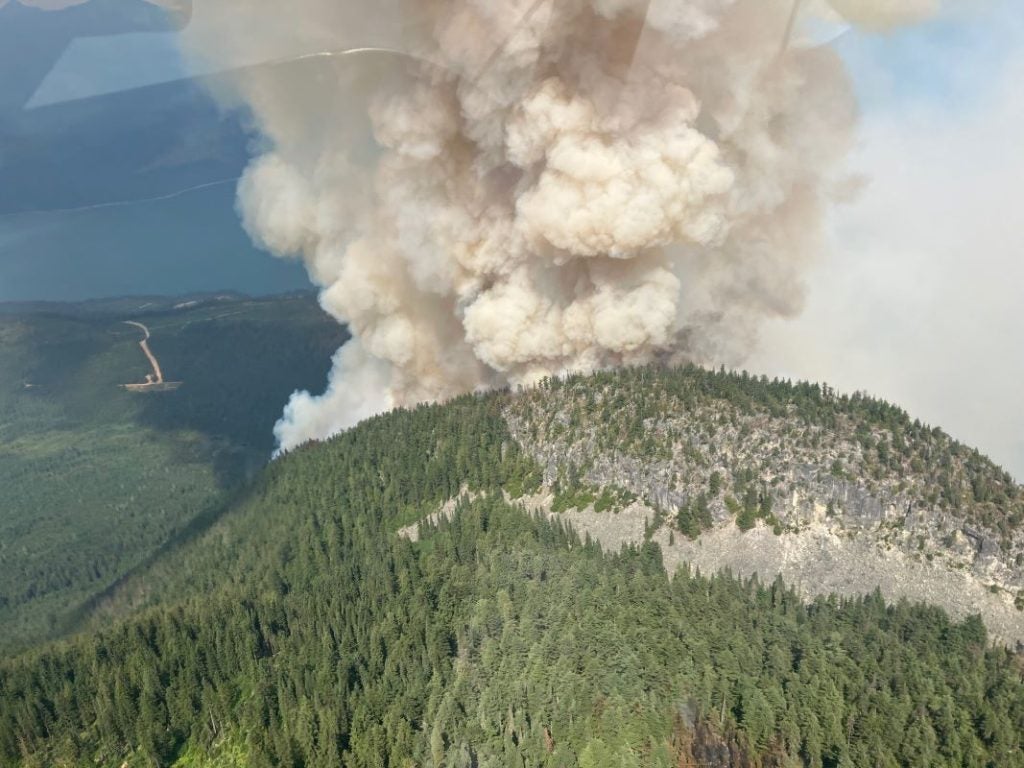
Automated environmental monitoring in marine environments is carried out by small-scale robotic systems comprising one or a few robots or static sensor networks. This itself is nothing new, but new advances in the nature and use of these robots has drawn the attention of oil and gas majors across the sector.
During the 2010s, distributed robotics was intensively researched, employing multiple rather than single robots. The scope of the field has expanded substantially, with a much broader range of issues being examined.
The use of multi-robot systems can benefit a variety of new robotics applications, including underwater and space research, work in hazardous environments and service robotics in both public and private sectors.
According to researchers, one of the most prevalent techniques is to produce similar behaviours in cooperative robot systems using algorithms based on biological inspiration, notably social insects. To complete coordinated activities, decentralised agent groups often require complicated methods.
Biological systems, on the other hand, can accomplish intelligent collective behaviours by having each agent conduct simple sensing and actions. Each system’s agent acts autonomously and only communicates with its neighbours, while the global system exhibits coordinated and intelligent behaviour, and this approach is being adopted by machine developers.
Autonomous advantages
Chief among these are so-called “swarm robotics”, which researchers have suggested using to conduct maritime environmental monitoring missions. Every individual unit in swarm robotics systems is relatively straightforward and affordable. The robots rely on local communication and decentralised control, which allows the swarm to grow to hundreds of units and cover vast areas.
How well do you really know your competitors?
Access the most comprehensive Company Profiles on the market, powered by GlobalData. Save hours of research. Gain competitive edge.

Thank you!
Your download email will arrive shortly
Not ready to buy yet? Download a free sample
We are confident about the unique quality of our Company Profiles. However, we want you to make the most beneficial decision for your business, so we offer a free sample that you can download by submitting the below form
By GlobalDataSwarm robotics is a branch of multi-robotics that involves the coordination of a large number of robots in a distributed and decentralised manner. It is inspired by social insects and is based on the use of local rules and simple robots compared to the complexity of the task at hand.
On a larger scale, greater adoption of automation may improve supply chain efficiency and integration from an operational and business standpoint.
In terms of safety, fewer people will be exposed to potentially hazardous conditions in harsh maritime environments. All the dangerous operations will be delegated to automation. Serving isolated, offshore locales and the arctic environment are two possible applications.
Yet a greater reliance on automation is not necessarily suitable for each sector. When it comes to long-distance passenger transportation, the benefits are less clear because the emphasis is on attending to the passengers’ requirements, both during normal operations and even more so during emergencies.
A small crew using automation and assisted by a remote operator thousands of miles distant does not appear to be a viable solution for evacuating large passenger ships. Many people have mentioned the possibility of cutting emissions with ultra-slow steaming, which would be extremely difficult with a full crew onboard. Only deep sea cruises and non-time-sensitive cargo are covered by this. In general, the function of autonomy in reaching zero-emission vessels remains unknown.
Companies opting for automation
Last year, the Autonomous Ship Technology Symposium 2021 conference stated that there are currently over 1,000 maritime autonomous surface ships managed by over 53 organisations globally. These vessels operate with little autonomous-specific regulation alongside human vessels.
The International Maritime Organization (IMO) released the results of its most recent autonomous scoping exercise and its road map for autonomous regulation. Regulation of remote control stations; designation of remote operators as mariners; autonomous shipping requirements; and regional-specific regulations are all being considered. Despite the fact that the work remains huge, the IMO’s gap study was the first step toward autonomous regulation.
The City of Amsterdam and the Amsterdam Institute for Advanced Metropolitan Solutions in the Netherlands collaborated with the Massachusetts Institute of Technology to develop the RoBoat fleet of autonomous vessels. The partners believe that this self-driving network would flood Amsterdam’s canals and waterways with modular vessels that can be configured for home rubbish disposal, freight transportation, and ferry operations, all based on the same hull design.
The Flemish Smart Shipping programme is an active independent project using Belgium’s vast network of inland canals and rivers, which stretches for over 1,000km. Its four-pronged strategy combines lightly-crewed autonomous ships with smart infrastructure that includes automated canals and locks. All of this is made possible via a maritime communication network, which allows vessels to interface with smart devices.
Underwater vehicles
These approaches can also be applied to underwater vehicles, which will be of particular interest to oil and gas companies, eager to use automation to improve exploration and monitoring work in remote areas.
Blue Ocean seismic services, a marine seismic survey disruptor, has announced that it has completed a successful round of sea trials which show the quality of seismic data gathering. The company aims to create the world’s first fleet of autonomous underwater vehicles for collecting high-quality seismic data from the ocean floor. This technology may apply to offshore wind, oil and gas, and carbon capture and storage processes within the energy industry.
Marine seismic data acquisition relies on technology developed more than a half-century ago. Streamer cables are laid from the aft of a diesel-powered vessel and dragged at two to five knots on a previously designated track line. Blue Ocean’s research suggests that this process is suitable for some locations and environments, but not all.
The main alternative is the use of nodes which are positioned at the bottom of the ocean by remotely operated vehicles (ROVs). This process can be very costly, and carbon intensive, and relies on human guidance to operate the ROV, which goes onto the node, captures it, and moves away from the node site.
In response, Blue Ocean has conducted thorough testing in Plymouth, the North Sea, and Australia to evaluate the effectiveness of command and control systems, underwater flight performance, seismic coupling, and active seismic data acquisition.
The company met its technological and data-collecting goals regarding the recent North Sea active seismic trial. It included acquiring further cycles of valuable seismic data with its alpha vehicles alongside traditional ocean-bottom nodes and testing engineering solutions for optimisations discovered in the latest trial in August 2021.
Simon Illingworth, managing director and chief executive officer at Blue Ocean Seismic Services, said: “The successful results of the various pre-commercialisation trials over recent months are the culmination of a huge amount of work by the Blue Ocean Seismic Services team and represent a massive leap forward on our path to full commercialisation.
“We are now in an excellent position to continue with the operational scale-up of the business, engaging with government regulators in our key initial markets and beginning commercial operations in 2024.”







